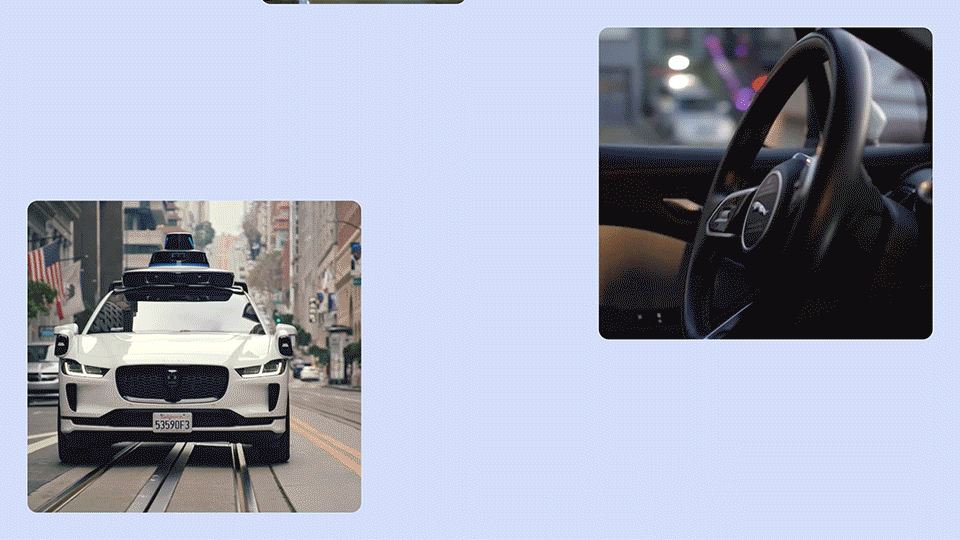Any citizen of San Francisco can now use robotaxis from Waymo, an Alphabet company. Following government approval to operate these paid autonomous vehicles in the city since August last year, Waymo spent several months managing a waiting list, gradually allowing more people to access its services. Now, anyone in the city can hire them.
Waymo says its cars have traveled more than 3.8 million driverless miles in San Francisco, with the company claiming its vehicles make “tens of thousands of trips weekly” in the city.
According to the San Francisco Chronicle, Waymo’s fleet in the city has increased from 250 to 300 vehicles from January to today. But, despite this increase, the company does not plan to increase it in the short term.
Currently, there are already two cities where Waymo offers robotaxis to the general public, San Francisco and Phoenix, where the latter was previously limited only to Waymo One members and their guests since 2020.
If you live in San Francisco or Phoenix and want to make a reservation for a Waymo robotaxi, simply download the application on Android or iOS and process it from there.
Robotaxis not without problems
At this time, Waymo is the only one that offers robotaxis service in San Francisco, since previously there was also Cruise, but after an accident, it stopped operating in San Francisco.
Waymo is not spared either. Earlier this month, the company updated its fleet software following an incident in which one of its self-driving cars crashed into a telephone pole in Phoenix. Also, earlier this year, two Waymo robotaxis collided with the same towed van. The company explained that its software incorrectly predicted the truck’s movements due to a “persistent orientation mismatch” between the towed vehicle and the one towing it.
Responsibilities?
These types of accidents, especially if it is a serious accident caused by a robotaxi, without a human at the wheel, raise complex questions about liability.
In a traditional situation, the driver would be primarily responsible, but in this case, the responsibility shifts to the operating company and the software developers. But current civil and criminal liability laws are not fully adapted to address these new technologies, leaving a significant legal loophole.
Companies that develop and operate these vehicles, such as Waymo, could face lawsuits and requirements to prove that their systems meet the highest safety standards and that the accident was not the result of negligence in the design or programming of the vehicle.
For the victim’s family and loved ones, the lack of a human driver can increase the feeling of helplessness and frustration. There is no specific person to hold responsible, which can make the process of grieving and seeking justice difficult.
Reliance on technical testing and software analysis to determine the cause of the accident can also prolong legal proceedings, adding added stress to those affected.
Additionally, public perception of the safety of autonomous vehicles may be seriously affected, which could delay the widespread adoption of this technology and encourage more intense debate about the regulation of autonomous vehicles on our streets. Would you hire a robotaxi? We would like to know in the comments.
Images source: Waymo

